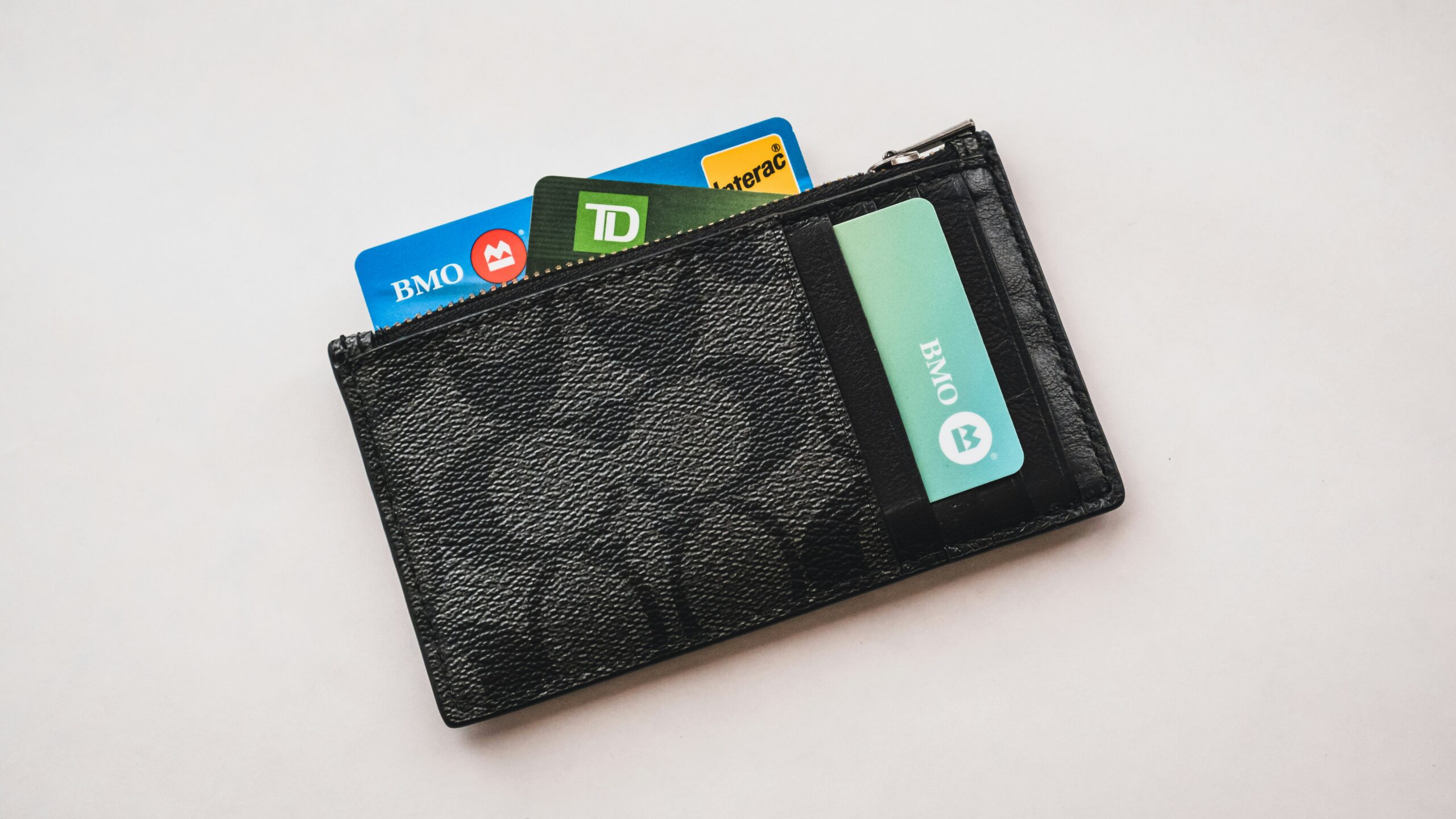The Ultimate Guide to Balance Transfers How They Work
The Complete Guide to Balance Transfers: Their Mechanisms
Overview
Financial well-being in the fast-paced world of personal finance depends on effective credit card debt management. Transfers of balance stand out as an effective instrument in this undertaking. We explore the complexities of balance transfers in this extensive tutorial, dissecting their workings and providing insightful information to empower you to make wise financial decisions.
Comprehending Transfers of Balance
Transfers of balance entail transferring current credit card debt to a new card, usually at a reduced interest rate. The goal of this strategy is to lower interest rates so that people can pay off their debt more quickly. But becoming proficient at balance transfers necessitates a deep comprehension of the procedure.
What Is The Process of Balancing Transfers?
Starting a Transfer of Balance
The first step in initiating a balance transfer is to choose a credit card with advantageous terms. This frequently includes an introductory period during which the annual percentage rate (APR) is notably reduced or even 0%. Once your application has been approved, apply for the new card and ask your current credit card provider to transfer your amount.*
Process of Transfer
The procedure of transferring cards begins once the new card is accepted. Your current debt is easily transferred to the new card, resulting in a balance consolidation. Keep in mind that this method may come with transfer costs, which are typically a little portion of the transferred money.*
Advantage of the Introduction Period
The lure of balance transfers is the first offer period, when the new card can have a 0% or lower interest rate. With this window, you can attack your debt more aggressively because the principle amount is what you pay off first.
Analyzing Benefits and DrawbacksBenefits of Transferring Balances
- Interest Saving Opportunities: The main benefit is the possibility of significant interest savings, particularly during promotional times.
- Consumer Debt Consolidation: Your financial management may be made simpler by consolidating several loans into one.
- Better Credit Rating: Maintaining balance transfers responsibly can raise your credit score.
Drawbacks of Transferring Balances- Transfer Commissions: Potential savings are impacted by balance transfer fees associated with some credit cards.
- Impact on Credit Score: Mishandling balance transfers can temporarily damage your credit score, while a favorable influence is possible.
- The fine print is: Comprehending the terms and conditions is essential, as failure to make a payment or staying past the promotional time may result in increased interest rates.
Advice for Handling Balance Transfers Successfully
Investigate Widely
Do extensive research on the credit cards that are available before deciding to transfer your amount. Seek out credit cards that provide long promotional periods, low transfer fees, and competitive interest rates after the campaign ends.*
Determine Possible Savings
Compare the total interest you would pay under the conditions of your current credit card with the terms of the new card to determine the possible savings. This aids in your decision-making process.*
Spend Less, Clearly
Make good use of the interest-free or low-interest period when you budget and distribute money. To optimize savings, give priority to paying off the transferred sum during this window.Common Errors to Steer Away from
Handling Transfer Fees Carelessly
Transfer fees are something that some people forget about, which reduces the total savings. When assessing whether a balance transfer is cost-effective, take these fees into account.*
Unpaid Bills
On-time payments are essential. Penalty interest and the loss of promotional rates may arise from missing even a single payment.*
Fully Utilizing Your New Card
Avoid the urge to make more transactions with the new card to reach the maximum limit. Prioritize paying off the transferred balance before taking on further debt.
Benefits of Transferring Balances
- Interest Saving Opportunities: The main benefit is the possibility of significant interest savings, particularly during promotional times.
- Consumer Debt Consolidation: Your financial management may be made simpler by consolidating several loans into one.
- Better Credit Rating: Maintaining balance transfers responsibly can raise your credit score.
- Transfer Commissions: Potential savings are impacted by balance transfer fees associated with some credit cards.
- Impact on Credit Score: Mishandling balance transfers can temporarily damage your credit score, while a favorable influence is possible.
- The fine print is: Comprehending the terms and conditions is essential, as failure to make a payment or staying past the promotional time may result in increased interest rates.
Investigate Widely
Do extensive research on the credit cards that are available before deciding to transfer your amount. Seek out credit cards that provide long promotional periods, low transfer fees, and competitive interest rates after the campaign ends.*
Determine Possible Savings
Compare the total interest you would pay under the conditions of your current credit card with the terms of the new card to determine the possible savings. This aids in your decision-making process.*
Spend Less, Clearly
Make good use of the interest-free or low-interest period when you budget and distribute money. To optimize savings, give priority to paying off the transferred sum during this window.Common Errors to Steer Away from
Handling Transfer Fees Carelessly
Handling Transfer Fees Carelessly
Transfer fees are something that some people forget about, which reduces the total savings. When assessing whether a balance transfer is cost-effective, take these fees into account.*
Unpaid Bills
On-time payments are essential. Penalty interest and the loss of promotional rates may arise from missing even a single payment.*
Fully Utilizing Your New Card
Avoid the urge to make more transactions with the new card to reach the maximum limit. Prioritize paying off the transferred balance before taking on further debt.







